Killer plants: A handy guide to the hidden dangers in your garden
From Monkshood to Hemlock, the plants that should be looking out for
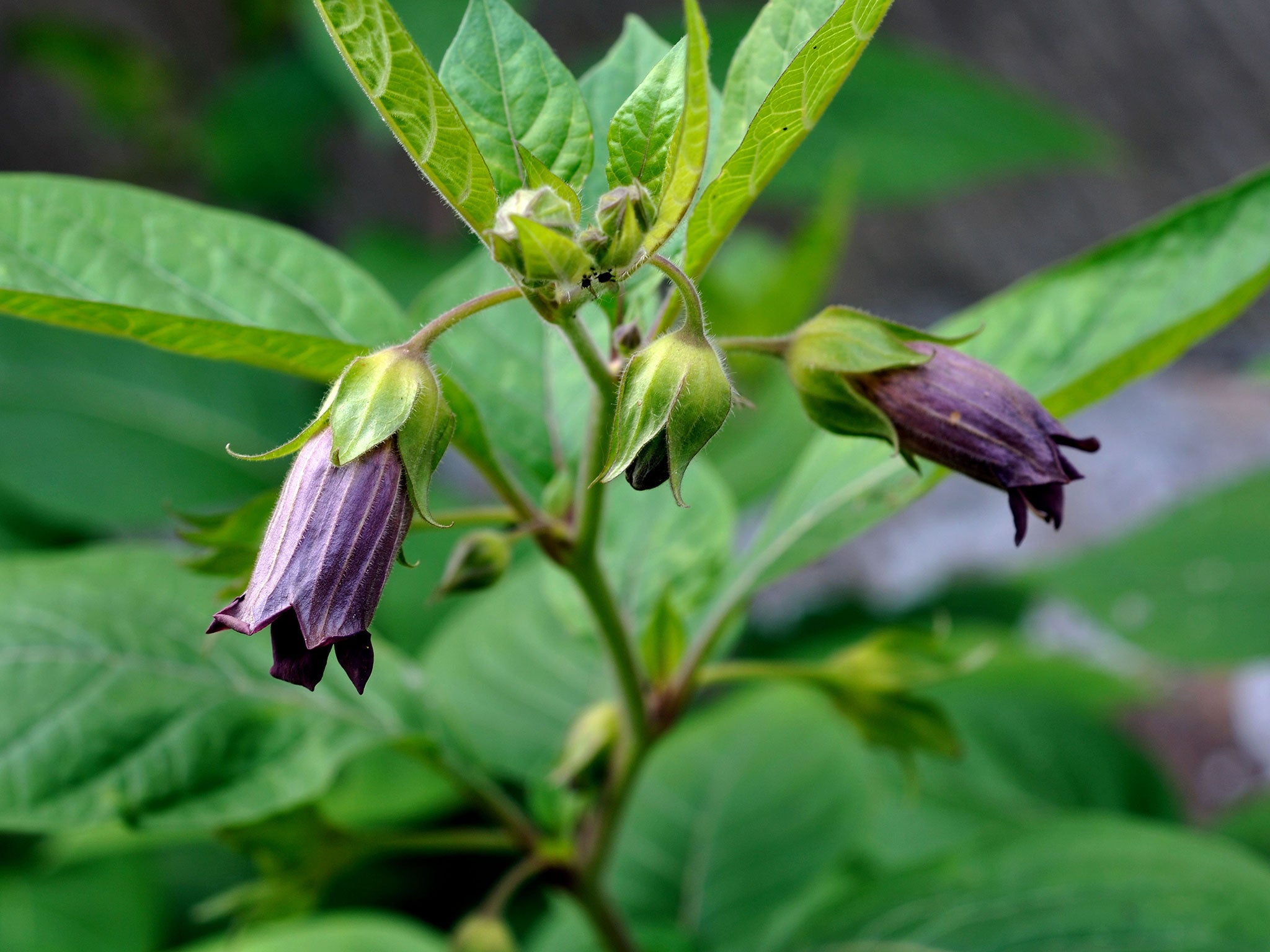
An inquest into whether a deadly plant was responsible for the mysterious death of a gardener has reached an “open verdict”; the coroner said he could not be certain that Nathan Greenway had come into contact with the monkshood flowers on the Hampshire estate where he was working.
For those concerned by the news, but unsure if their garden contains hidden danger, here is a handy guide to some of the most dangerous plants in the UK.
Monkshood
This plant – also known as aconite, wolf’s bane and devil’s helmet – has been linked with other sudden deaths. The toxins in the plant, which has large leaves with rounded lobes and purple-hooded flowers, can kill by dramatically slowing the heart rate, causing heart attacks. Its toxins can be absorbed through the skin and it is one of Britain’s most poisonous plants. Accidentally consuming even a tiny amount can lead to an upset stomach.
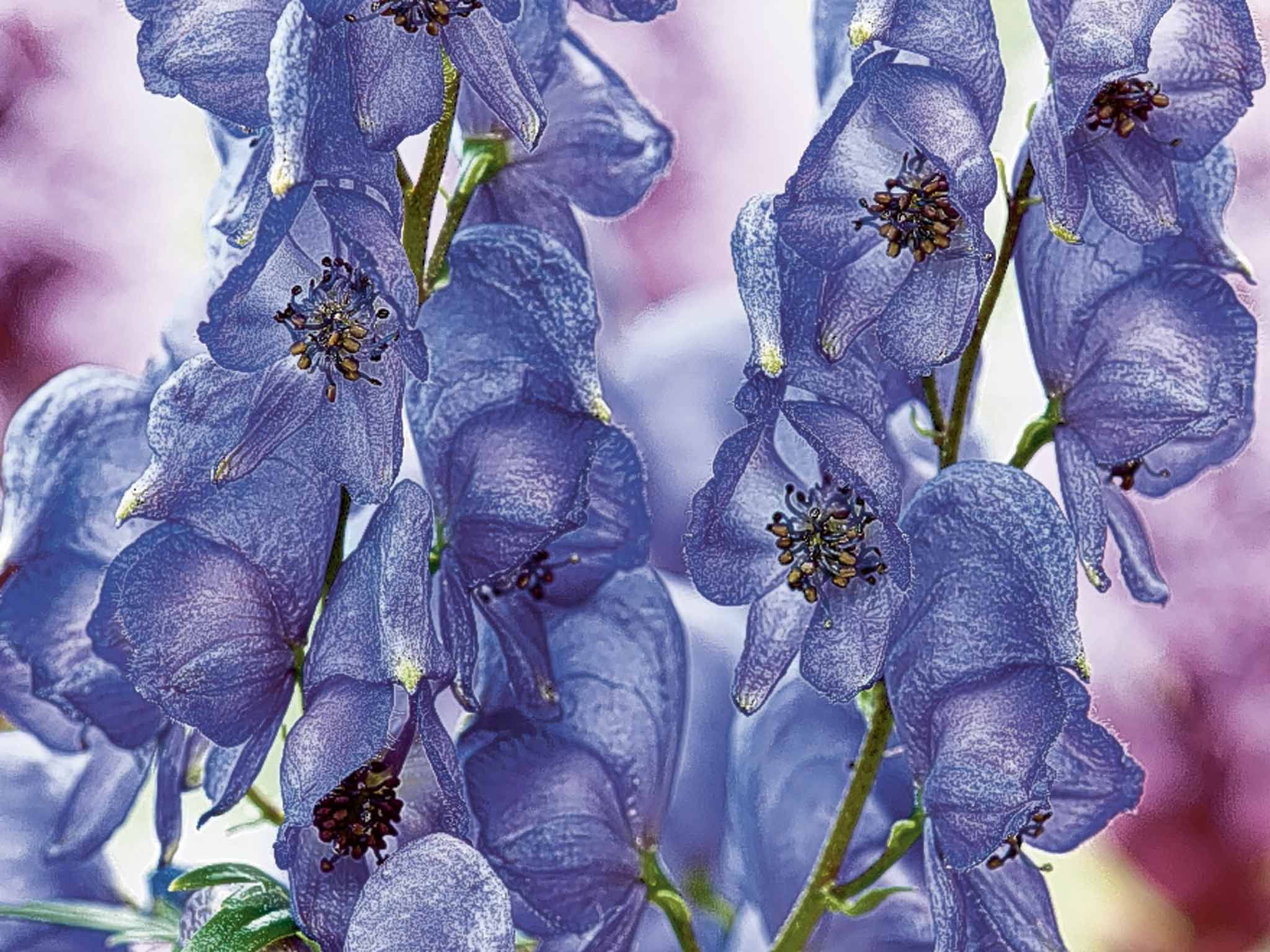
Cuckoo pint
Also known as lords-and-ladies, the species generally grows in woodlands and hedgerows. The flowers are poker-shaped and surrounded by a green leaf-like hood – but it is the bright red and orange berries that pose the danger. If eaten, these can cause significant swelling in the mouth and throat, which can result in difficulty breathing. The lords-and-ladies nickname refers to the plants likeness to male and female genitalia. It is one of the most common causes of plant poisoning.
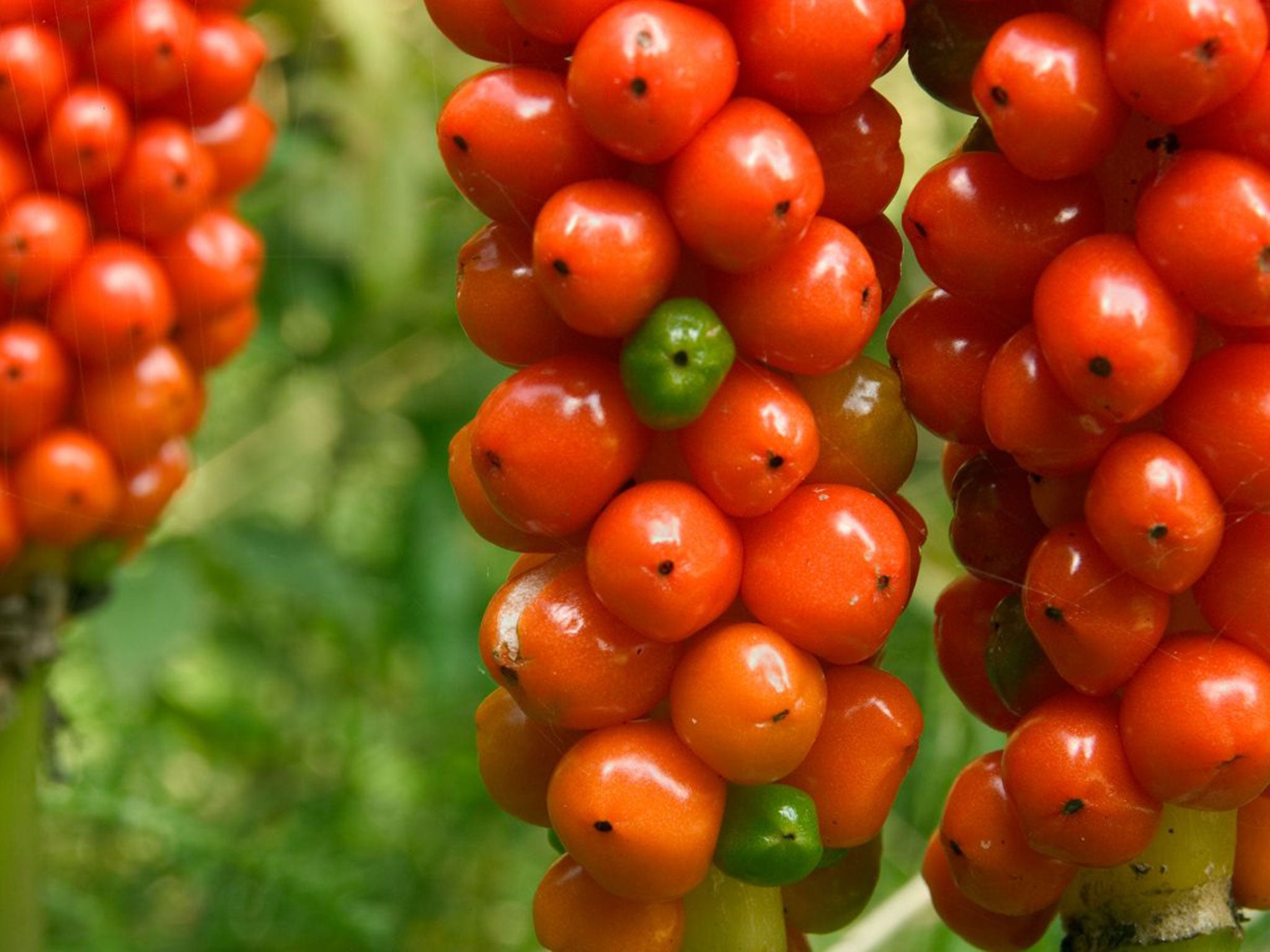
Foxglove
Foxglove grows in woodlands and hedgerows and is also a common garden plant popular for its tall stem and, in the most common form, purple flowers. Eating any part of the plant causes vomiting and diarrhoea and can even result in heart attacks. Sucking the flowers or seeds is the most common cause of foxglove poisoning. Contact with the skin can also cause a rash. But the plant has saved far more lives than it has cost as drugs derived from it are used to treat heart conditions.
Deadly nightshade
The berries release a poison that paralyses nerve endings in blood vessels, the heart and gastrointestinal muscles. Symptoms include dilated pupils, sensitivity to light, blurred vision, headaches, confusion and convulsions. Two berries will kill a child, 10 to 20 an adult. Also known as belladonna.
English yew
Almost every part is poisonous, especially the leaves and seeds. Eating these can result in anything from dizziness, dry mouth and dilation of the pupils to irregular heart rhythm and death. On the positive side, yew extract is used to formulate the drug paclitaxel, or Taxol, which slows the growth of cancer.
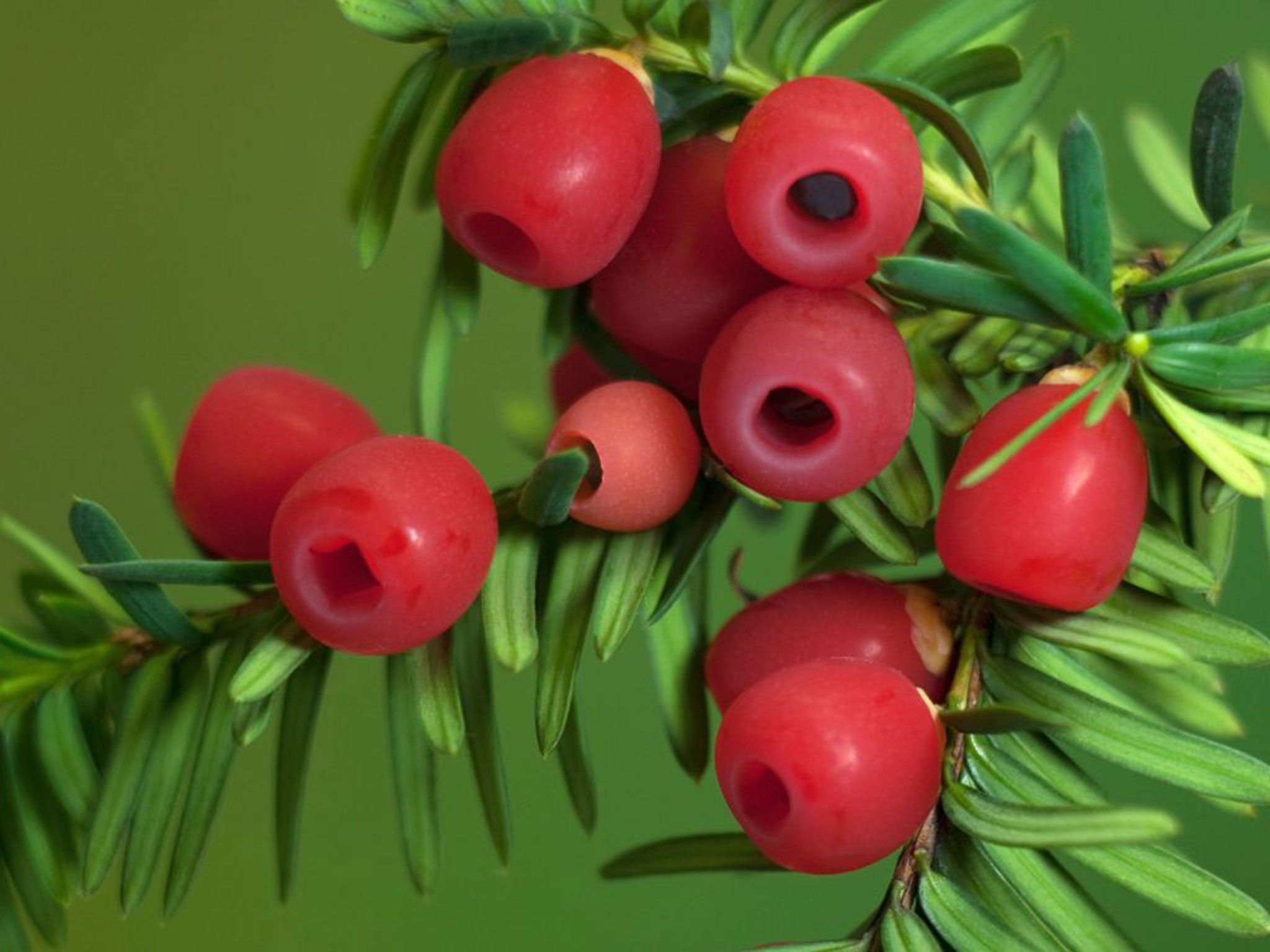
Hemlock
This isn’t native to the UK but can be found in most parts of the country – typically in ditches and on riverbanks, waste ground and rubbish tips. If eaten, this tall green plant with purple spots on its stem and white flowers causes sickness. In severe cases it can kill by paralysing the lungs. It belongs to the carrot family. Most famously, it was used to execute Socrates – though his death was probably much more unpleasant than how it was described by Plato.
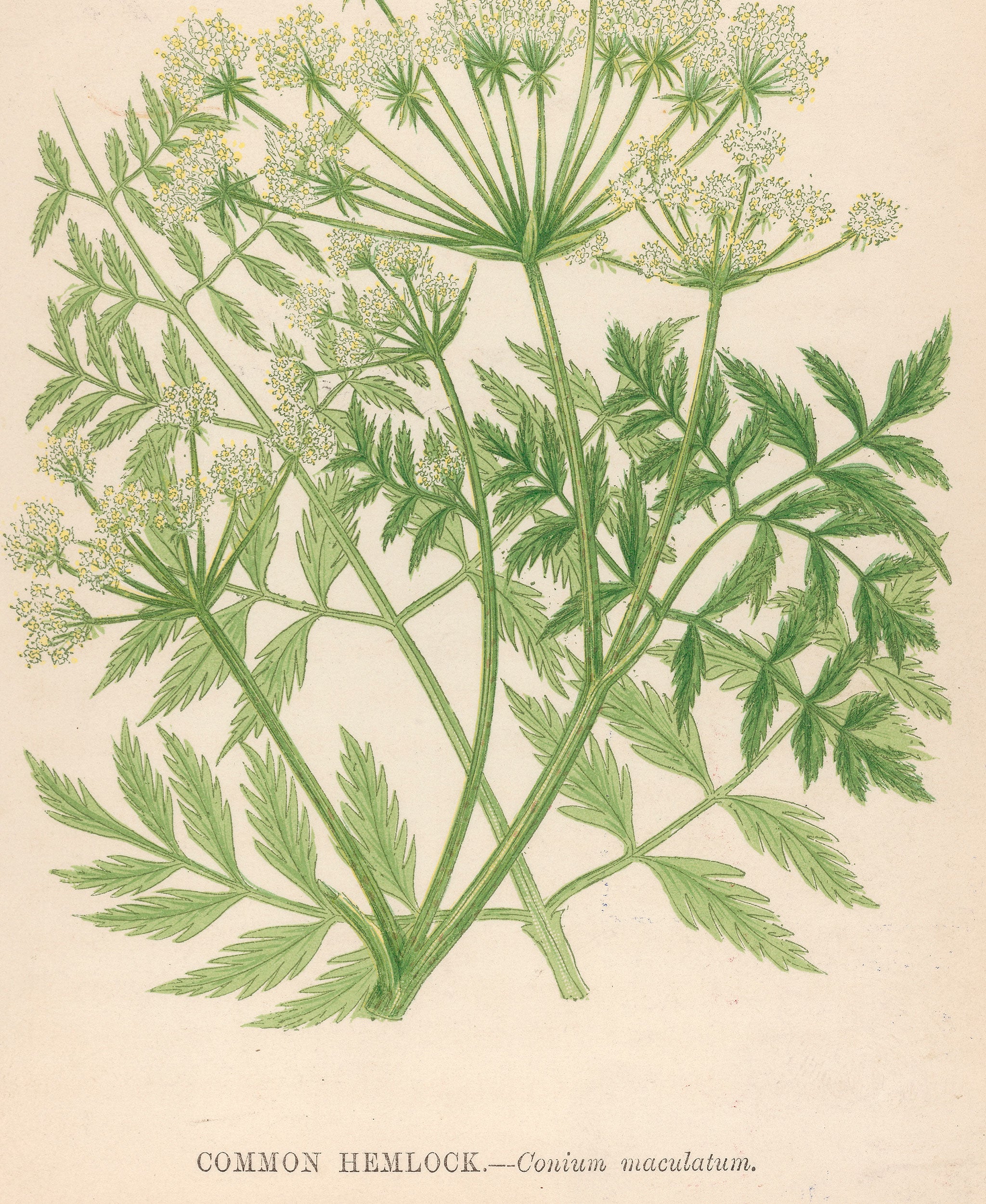
Join our commenting forum
Join thought-provoking conversations, follow other Independent readers and see their replies
Comments
Bookmark popover
Removed from bookmarks